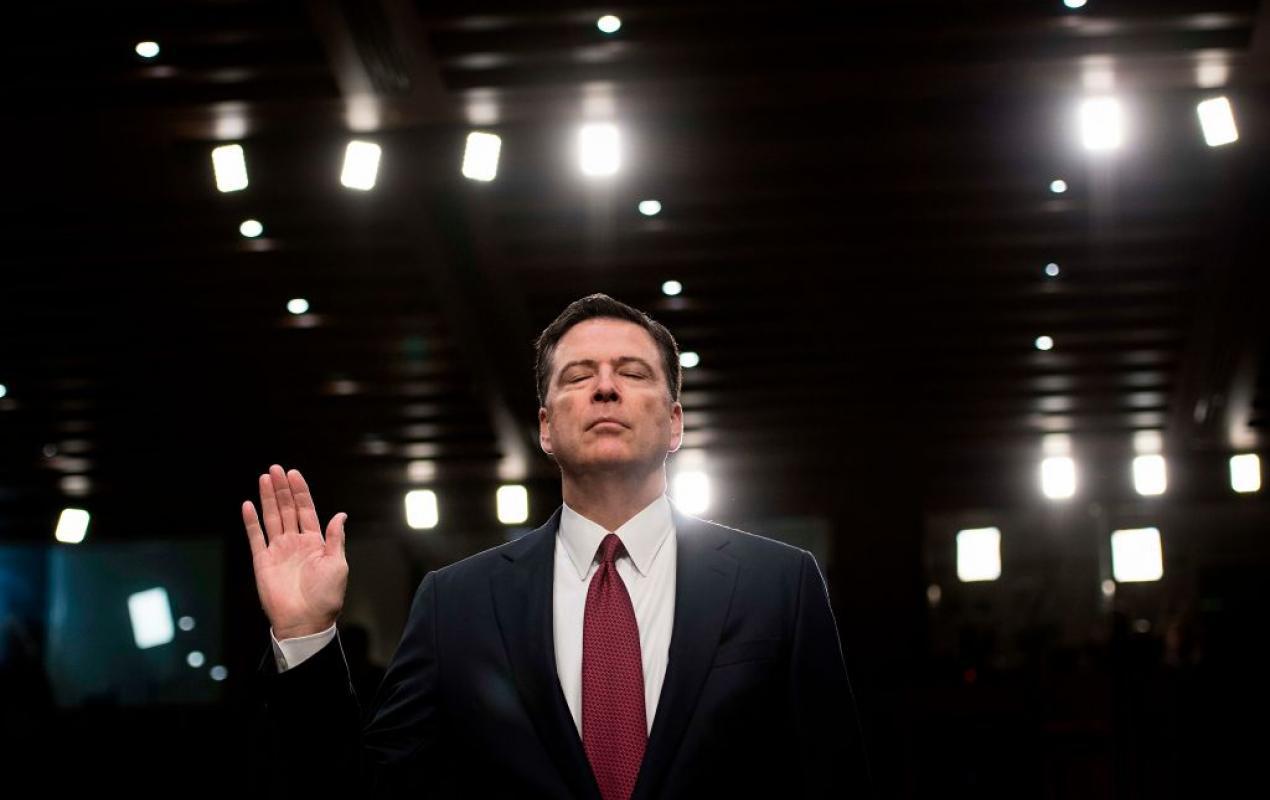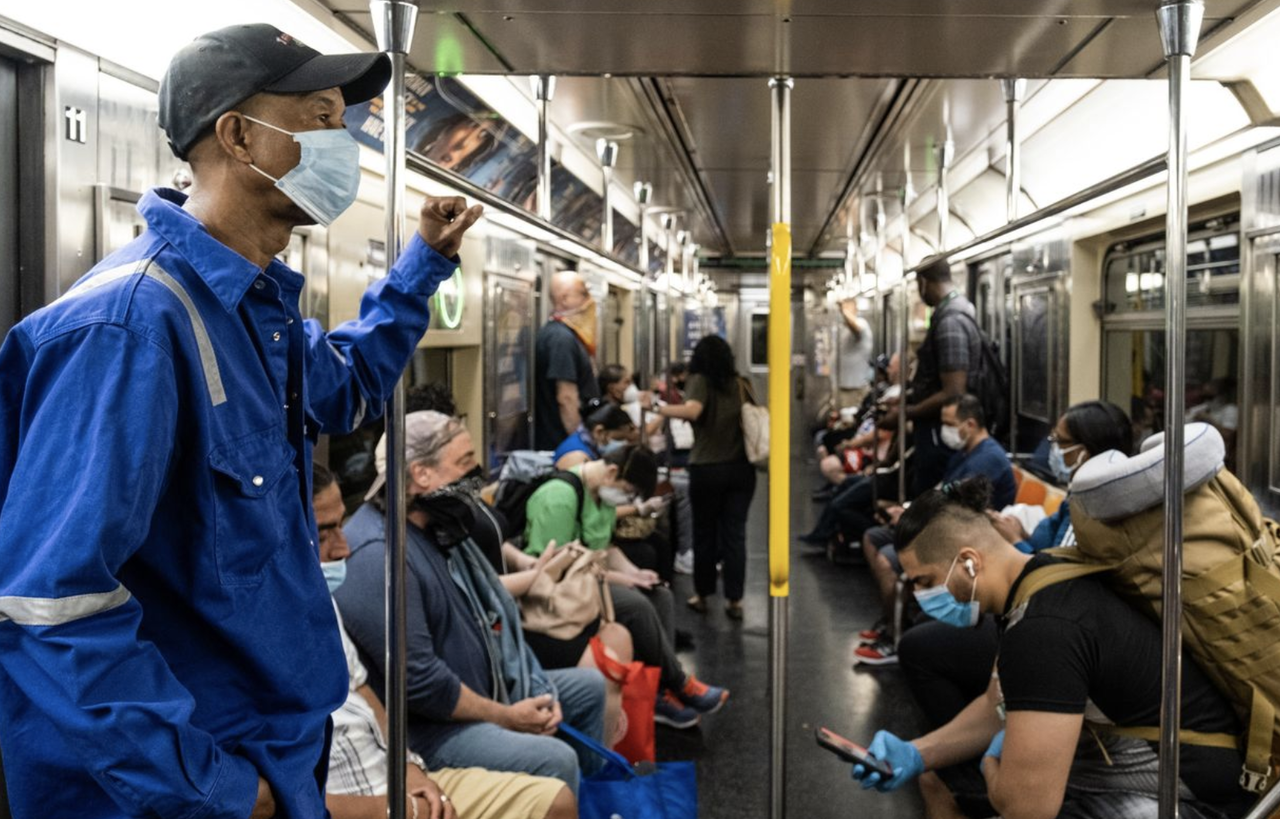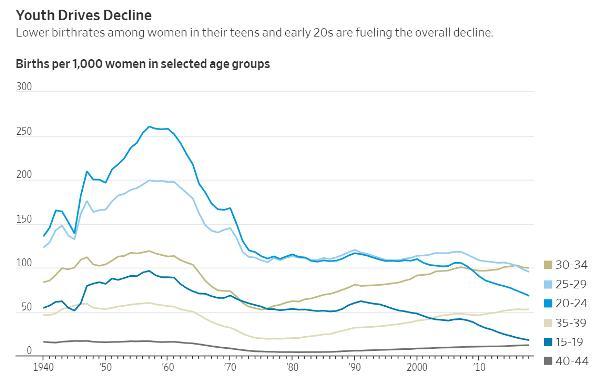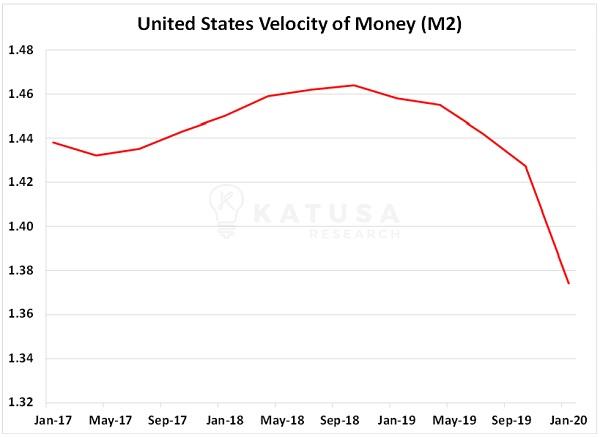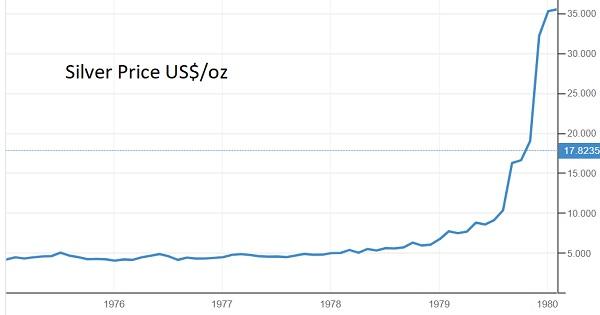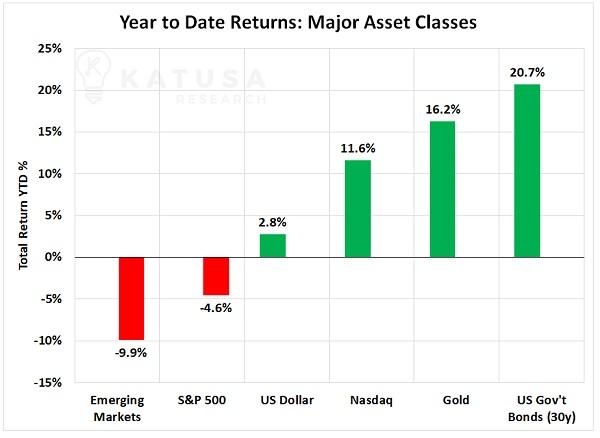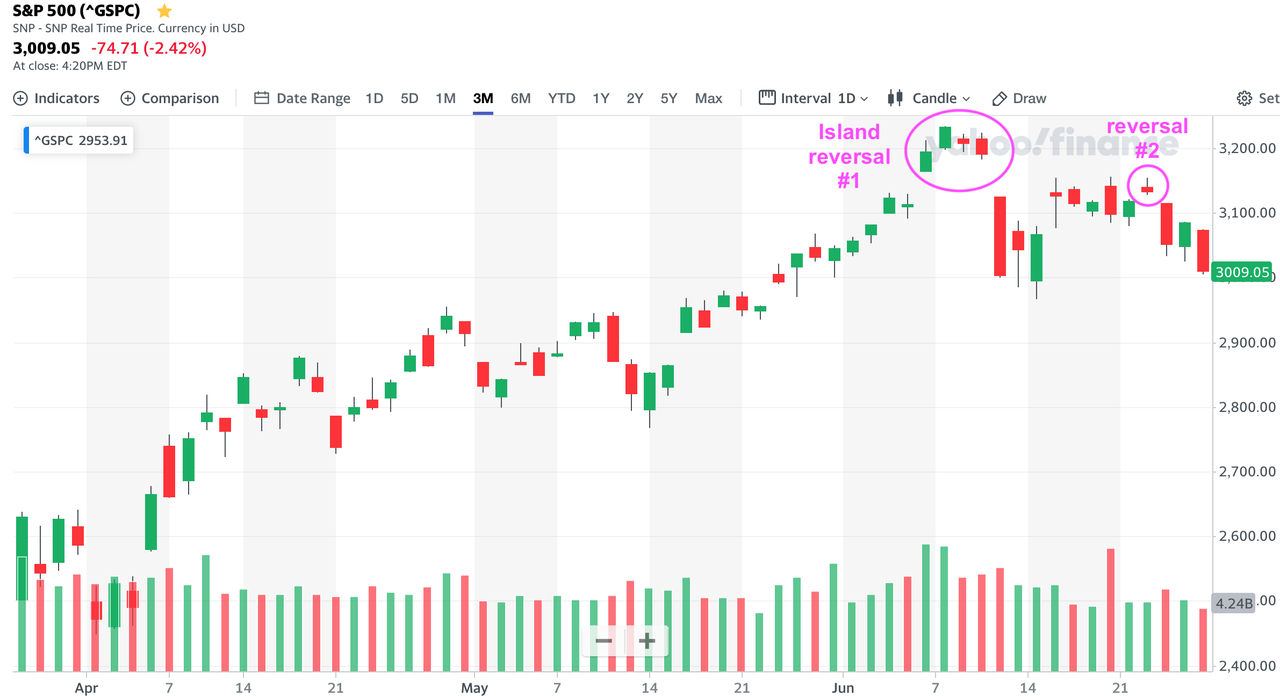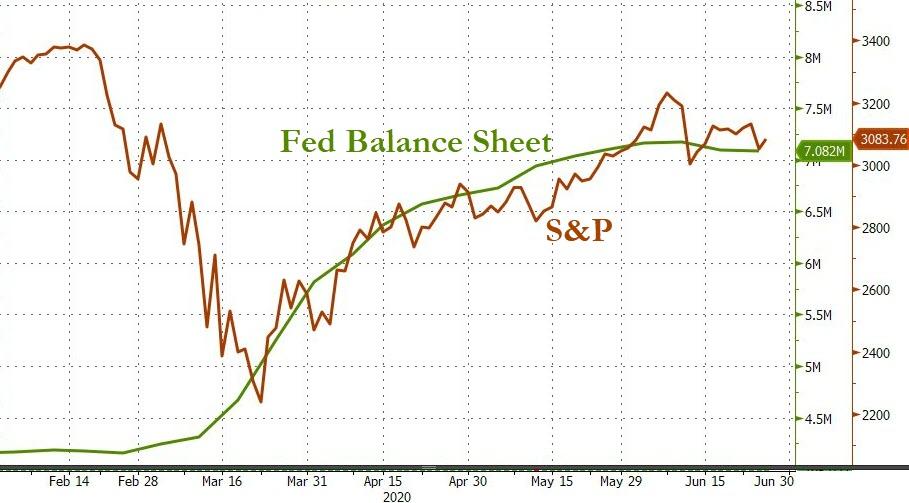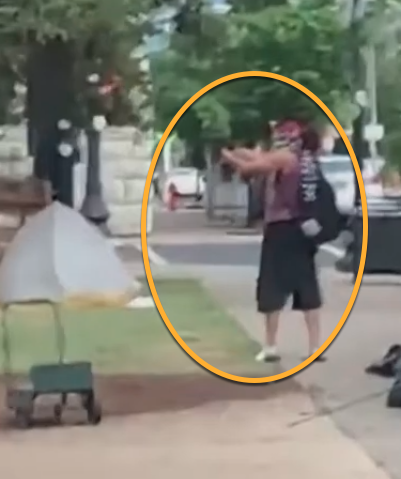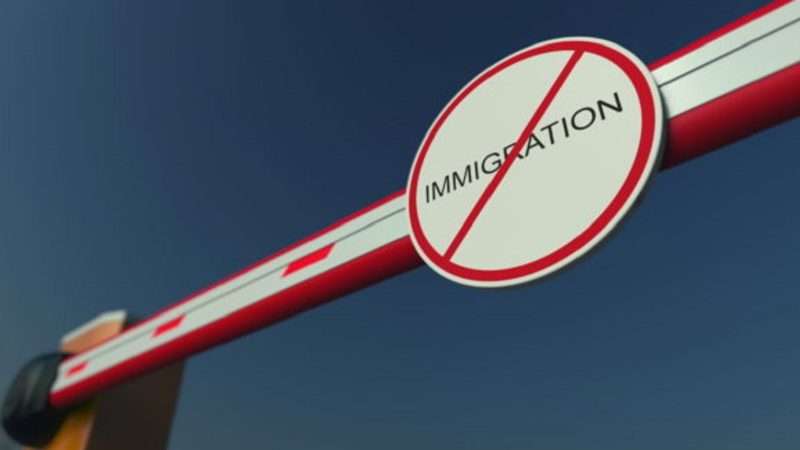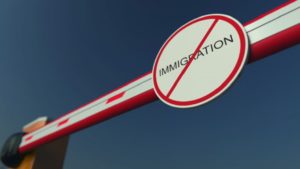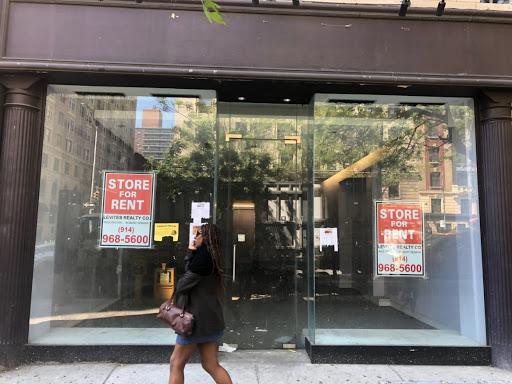Comey Miniseries Gets Pre-Election Airdate, After Director Pleads For Chance To Sway Voters
Tyler Durden
Sun, 06/28/2020 – 14:30
Authored by Christian Toto via JustTheNews.com,
A Showtime miniseries based on former FBI Director James Comey’s memoir has been rescheduled to debut before Election Day, after its creator made an emotional plea for a chance to sway presidential voters.
Billy Ray, who wrote and directed “The Comey Rule,” recoiled after learning Showtime originally planned to debut it in late November.
Ray wrote an angry letter to his cast and crew about the post-election date obtained by Deadline.com. The note suggests a collective agenda behind the project:
I know what a disappointment this is to you. It is for me too — because while I’ve made movies about my country before, this was the first time I ever made a movie for my country. We all were hoping to get this story in front of the American people months before the coming election. And that was a reasonable expectation considering that we’d been given a mandate by the network to do whatever was necessary to deliver by May 15.
But at some point in March or April, that mandate changed. Word started drifting back to me that a decision about our airdate had been made at the very highest levels of Viacom: all talk of our airing before the election was suddenly a “non-starter.” I and my fellow producers asked for a chance to plead our case on the matter, but we were told that even the discussion itself was a “non-starter.”
Further down in the letter, Ray envisioned billboards screaming, “Comey Vs. Trump” in the heat of the election battle.
“The Comey Rule” is based on former FBI director James Comey’s recent memoir, “A Higher Loyalty” and “more than a year of additional interviews with a number of key principals,” according to Showtime PR.
The source material suggests the production will be highly critical of President Trump. Through his book and other public platforms, Comey has frequently reviled the president while justifying his own conduct throughout the FBI’s Crossfire Hurricane investigation of now-debunked allegations of collusion between Russia and Trump’s 2016 campaign.
On June 24, the day after Ray’s letter was published by Deadline, Showtime announced “The Comey Rule” would air on consecutive nights Sept. 27-28. Showtime gave no reason for the time shift, but the news came the same day as two breaking news items tied to Comey’s tenure.
-
A federal appeals court ordered charges against Michael Flynn, Trump’s former National Security Adviser, to be dropped. Gen. Flynn had previously plead guilty to making false statements in connection with an offshoot of the FBI’s Trump-Russia investigation.
-
In aother development, declassified notes taken by anti-Trump former FBI agent Peter Strzok appeared to reveal that Comey thought Flynn’s late-2016 phone calls to then-Russian Ambassador Sergey Kislyak were “legit” long before federal agents quizzed Flynn on the matter.
The news further erodes Comey’s narrative related to both Gen. Flynn and the Russian investigation. Last year’s Mueller Report failed to tie Trump to impeachable acts. More recently, we learned public officials who warned cable news viewers about Trump’s alleged Russian ties confessed under oath they lacked evidence to back up their charges.
“The Comey Rule” went into production before the American public learned of these revelations, so it’s unlikely the new developments would be reflected in the two-part saga.
Ray brings an eclectic background to “The Comey Rule.” He previously wrote “Captain Phillips” and “Shattered Glass,” the latter about disgraced New Republic journalist Stephen Glass. Ray most recently wrote “Richard Jewell,” the 2019 Clint Eastwood drama cheered by conservatives for its takedown of “fake news” reportage.
The two-part, four hour “Comey Rule,” according to Showtime, will be “an immersive, behind-the-headlines account of the historically turbulent events surrounding the 2016 presidential election and its aftermath, which divided a nation.” Jeff Daniels stars as Comey, while Brendan Gleeson portrays President Trump.
“The Comey Rule” will air Sept. 27 and 28 at 9 p.m. EST on Showtime.
via ZeroHedge News https://ift.tt/2NzpZgY Tyler Durden
